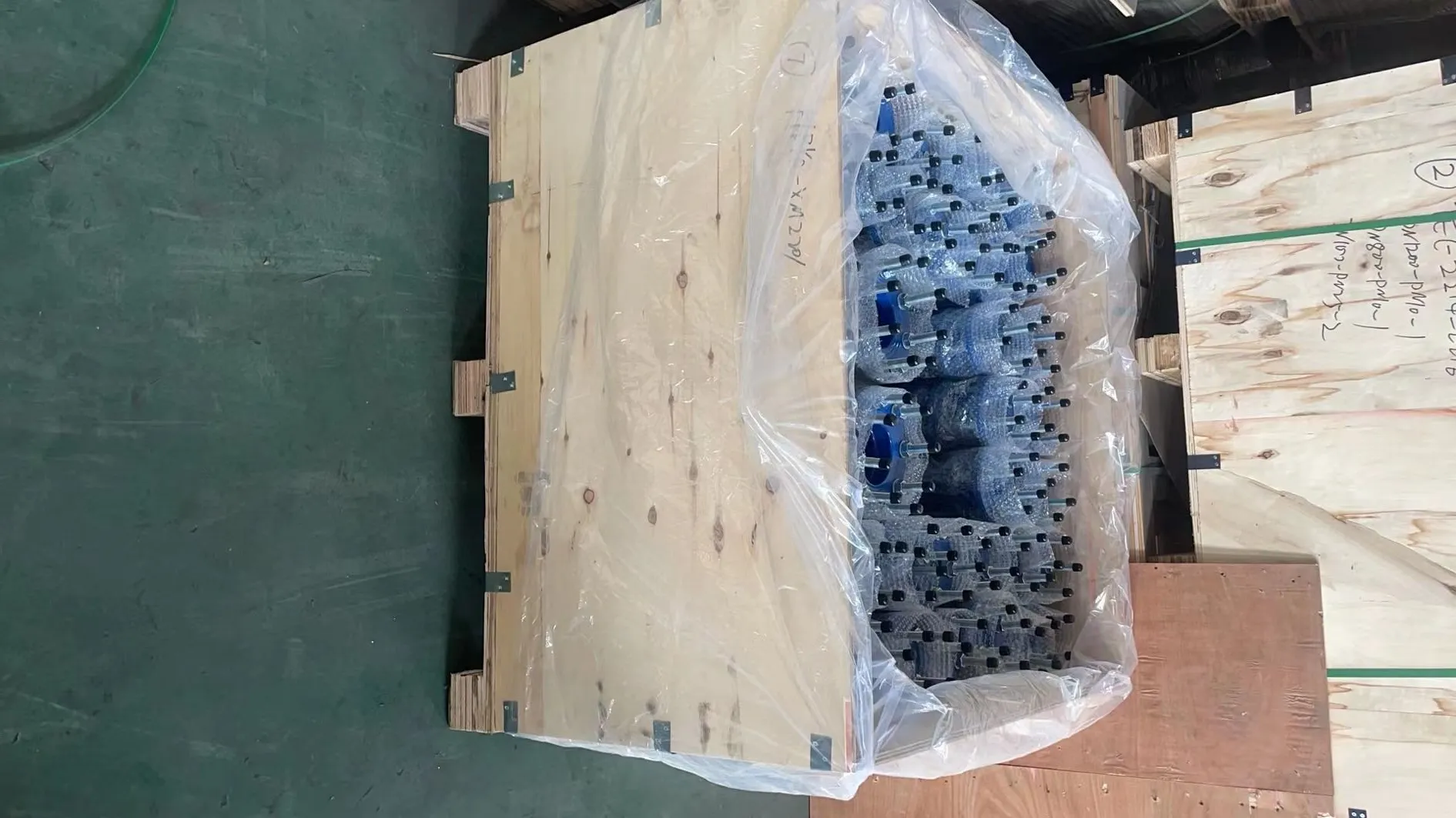Understanding the Benefits and Design of Gully Trap Grates in Drainage Systems
The Importance of Gully Trap Grates in Modern Drainage Systems
Gully trap grates, often referred to as drainage grates or stormwater grates, are essential components of modern urban drainage systems. As cities grow and develop, the management of stormwater becomes increasingly vital to prevent flooding and maintain public safety. This article delves into the structure, function, and significance of gully trap grates in effective drainage systems.
Understanding Gully Trap Grates
A gully trap grate is a cover that sits atop a gully or drain, designed to collect surface water while allowing debris to remain above it. Made from various materials such as stainless steel, cast iron, or plastic, these grates come in diverse shapes and sizes to suit specific functional requirements. They fit over drainage pits, channeling rainwater away from streets, sidewalks, and properties, thus promoting efficient water management.
Functionality and Design
The primary function of a gully trap grate is to facilitate proper drainage while preventing larger debris, such as leaves and litter, from clogging the drainage system. Most grates feature a series of slots or openings that allow rainwater to flow through while maintaining a barrier against larger objects. This design is crucial, especially during heavy rain events, as clogged drains can lead to overflow and significant flooding.
Moreover, gully trap grates are often designed with safety features to enhance pedestrian comfort and security. Many models include textured surfaces to reduce the risk of slipping in wet conditions. Furthermore, some grates are engineered to withstand high traffic loads, ensuring durability in busy urban environments.
Preventing Flooding and Waterlogging
One of the most critical reasons gully trap grates are vital in drainage systems is their role in preventing flooding and waterlogging. As urban areas become increasingly paved and built upon, natural drainage paths are disrupted. Gully trap grates help restore some of this function by capturing surface runoff and directing it into the drainage system.
gully trap grate

During heavy storms, the rapid accumulation of rainwater can overwhelm traditional drainage systems. However, well-designed gully trap grates can significantly reduce the risk of urban flooding by providing an efficient means of water collection. This capability not only protects property but also safeguards public safety by reducing hazardous conditions on roadways and sidewalks.
Environmental Impact
In addition to their functional benefits, gully trap grates also contribute positively to the environment. By managing stormwater effectively, they help reduce the amount of untreated runoff that enters local waterways. This is particularly important in urban areas where runoff can carry pollutants, sediments, and debris, leading to water quality degradation in lakes, rivers, and oceans.
Some gully trap designs even incorporate filtration systems that further treat the water before it enters the broader drainage network. These innovative designs capture sediments and pollutants, thereby improving the quality of water that eventually reaches natural water bodies.
Maintenance and Challenges
Despite their importance, gully trap grates do require regular maintenance to function effectively. Accumulated debris can block the openings, reducing their capacity to drain water efficiently. Municipalities often have programs in place for routine inspections and cleaning of these grates to ensure optimal performance.
Another challenge is the potential for vandalism or damage, especially in urban settings. Broken or missing grates can expose open drains, posing a safety risk to pedestrians and vehicles alike. Therefore, communities must prioritize the repair and replacement of damaged gully trap grates to maintain a safe environment.
Conclusion
In summary, gully trap grates are integral to the functionality of urban drainage systems. They play a crucial role in managing stormwater, preventing flooding, and protecting the environment. As cities continue to expand and face the challenges posed by climate change, the importance of effective drainage solutions like gully trap grates cannot be overstated. Communities must recognize their significance and invest in their maintenance and improvement to ensure safety, sustainability, and resilience in urban water management.
-
The Smarter Choice for Pedestrian AreasNewsJun.30,2025
-
The Gold Standard in Round Drain CoversNewsJun.30,2025
-
The Gold Standard in Manhole Cover SystemsNewsJun.30,2025
-
Superior Drainage Solutions with Premium Gully GratesNewsJun.30,2025
-
Superior Drainage Solutions for Global InfrastructureNewsJun.30,2025
-
Square Manhole Solutions for Modern InfrastructureNewsJun.30,2025
-
Premium Manhole Covers for Modern InfrastructureNewsJun.30,2025
